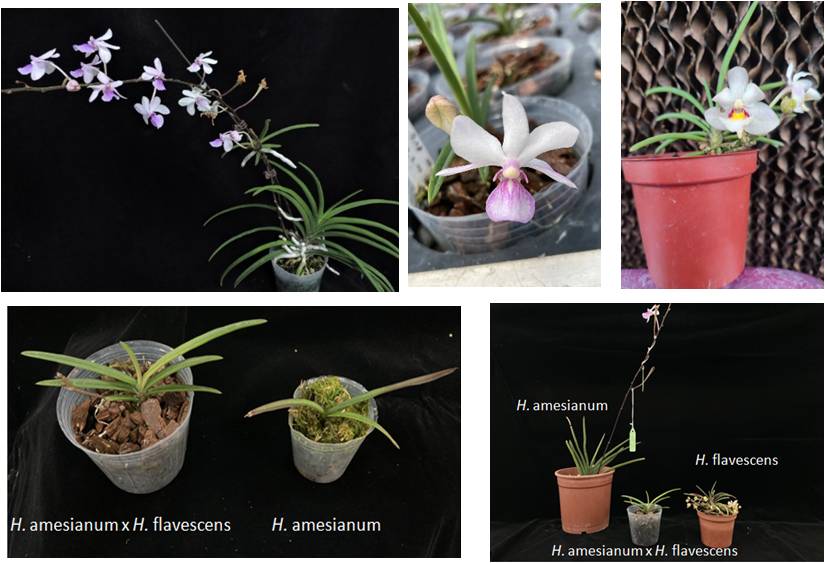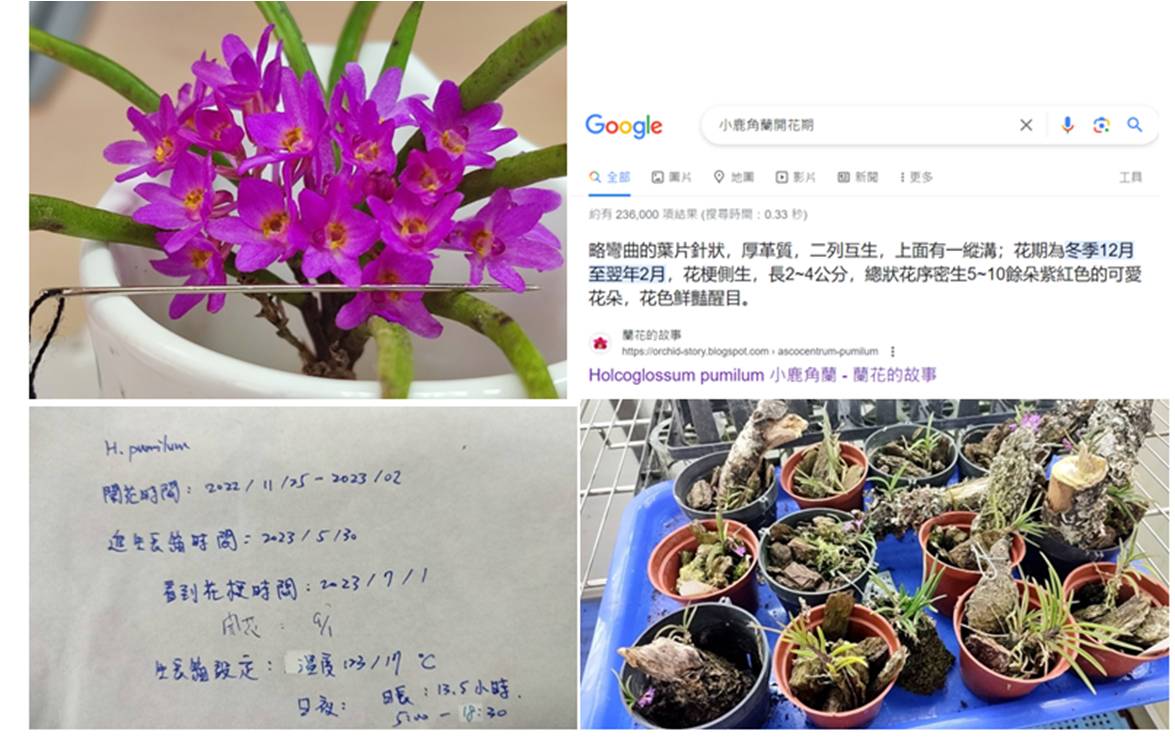- Promotion of demonstration sites for the recycling of tomatoes, mushroom media and tea by-products
- Promote to Popular Application of Intelligent Production and Sales Management in Vegetable Nurseries
- Research on Seedling Propagation Technology of Eastern Aboriginal Tribes
- Counseling on Digital Transformation of Small,Medium and Micro-sized Agricultural Operators of Crops and Seedlings with Potential for Export
- Construction of Environmental Verification System and Standards for Cucurbit Vegetables Nurseries
- Promotion of Taro Healthy Germplasm Conservation and Propagation System
- Research on the New Development Trend of Seed Treatment Technology
- Evaluation and Application of Drought-tolerant Potato Germplasm Resources
- Establishment the Biological Indicator of Disease Resistance for Tomato in Drought Condition
- Improvement on the Micropropagation Technique – In Vitro Propagation of Avocado (Persea americana Mill.) through Apical Buds and Nodal Segments
- Research on germplasm maintenance and industrial application of vegetative propagation crops
- Germplasm Development and Application of Aeridinae Orchids and Cattleya Alliance
- Research on Genetic Resources and Plant New Variety DUS Testing Techniques Management and Application of the Economical and Special Crops in Taiwan
- Next-generation Ark of Agriculture and Forestry Germplasm - Germplasm Regeneration of Important Cross-Pollinated Crops
- Establishment of organic seed production and supplying system for grain crops
- Techniques development for bulb flowers breeding
- Establishment of the HeatResistant Selection Index and Breeding of Tomato
- High Quality and Stress Tolerance Breeding in Tomato
- Establish Cucurbitaceae vegetable breeding technologies of heat tolerance
- Breeding of New Papaya Variety for the International Market
- Research on the behavioral intentions of Agricultural Social Responsibility of the trainees in Farmers' Academy
- Research on the Interpretation of AI Intelligent Distinctness, Uniformity and Stability (DUS) Test in Phalaenopsis
- Exchange and Cooperation on Propagation, Breeding Technology and Plant Variety Protection of Ornamental Bulbs and Medicinal Plants between Taiwan and South Africa
 Home > Achievement > 2023 Research Project List > Germplasm Development and Application of Aeridinae Orchids and Cattleya Alliance Home > Achievement > 2023 Research Project List > Germplasm Development and Application of Aeridinae Orchids and Cattleya Alliance |
Germplasm Development and Application of Aeridinae Orchids and Cattleya Alliance
This project collected appropriate germplasm and did intergeneric hybridization to create new orchid varieties, such as potted Vanda and mini Cattleya, which have a short juvenile period and improved low temperature tolerance. This year completed the collection of a total of 43 orchidvarieties, such as Holcoglossum spp., Rhychonopsis spp. and Cattyleaspp. and more than 250 intergenic hybridizations this year. Some seeds of mature pods have been planted, and 139 intergenic hybrids of seedlingshave grown and 25 varieties grew out of flask. Holcoglossum amesianum x Holcoglossum flavescens was bred and it only took two years from cross-pollination to flowering, which showed that the juvenile period is short. The plant is compact liked the male parent, more tolerant to low temperatures than its mother parent, its leaves grew at low temperatures of about 5-15°C and remain green. After long- day and cold treatment, H. pumilum is orchid flower induced by low temperature. In Cattleya, the results showed that genetic distance greatly affected the results of intergeneric hybridization. The breeding rate of intergeneric crosses within the Cattleya alliance is significantly higher than that of crosses between alliances in Laeliinae. Those with complex genetic backgrounds can be used as female parents to produce intergeneric offspring successfully. It is expected that excellent new strains can be selected from the hybrid combinations obtained by germination of the seed.
 ▲Figure 1. Holcoglossum amesianum x Holcoglossum flavescens, only takes two years from cross-pollination to vase planting and flowering. This shows its short juvenile period. The hybid plant is more tolerant to low temperatures than t Holcoglossum amesianum, the leaves grow at low temperatures of about 5-15°C and remain evergreen. |
 ▲Figure 2. Holcoglossum pumilum was cultivated under low temperature and long-day in a growth chamber. It bloomed in September after 3 months cultivation. It is speculated that low temperature induced flowering in Holcoglossum pumilum. |
